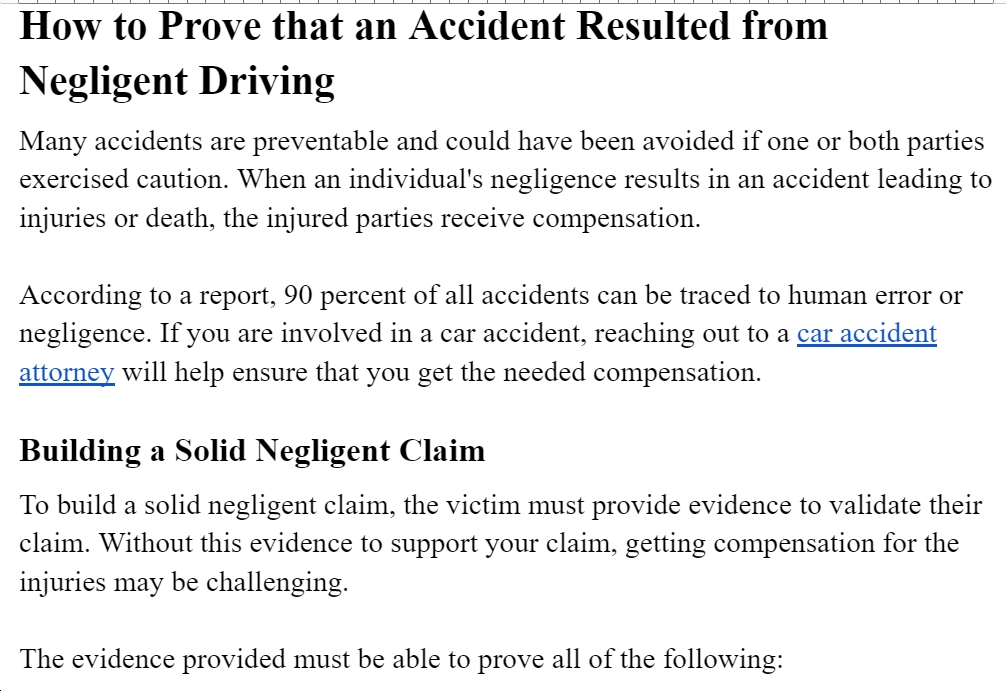Medical product recalls are actions taken by manufacturers to remove defective or potentially harmful medical products from the market. These recalls are vital for ensuring patient safety and maintaining trust in the healthcare system. Unfortunately, recalls happen more often than we’d like.
For example, 2021 saw the highest number of U.S. medical device units recalled in the past five years. It’s interesting that recalls keep happening, considering that manufacturers experience a 10% drop in share price after a recall.
Most people aren’t too worried that rich stockholders will take a hit due to faulty medical devices. They are more concerned about the lives that have been affected. In this article, we will explore why medical device recalls occur, the implications they have, and the way forward.
An Overview of Medical Product Recalls
Medical product recalls are often initiated due to manufacturing errors, contamination, mislabeling, or other factors that could potentially harm patients. For instance, a manufacturing flaw might result in a batch of syringes with broken needles, posing serious health risks.
The Food and Drug Administration (FDA) plays a crucial role in overseeing these recalls. In 2019, the FDA had to enforce a record high of 2,163 drug product recalls. By delving into the common reasons and classifications of recalls, one can better grasp the ripple effects on patient health and the healthcare industry at large.
One medical device recall that is currently going on is the Bard PowerPort situation. The Bard PowerPort devices are essentially delivery devices that provide vascular access to physicians. TorHoerman Law states that several patients have suffered heart attacks, strokes, and other serious injuries due to the device.
There are currently over 8,689 port catheter lawsuit cases filed, with more victims seeking recourse every day. Interestingly, the FDA announced a recall of these devices, but that recall was terminated in May 2022. With patients still suffering, it remains to be seen whether another recall will occur.
Understanding the Implications for Patients
The ramifications of medical product recalls extend beyond just the immediate need to cease using the product. They also serve as a catalyst for fostering a better understanding among patients regarding the medical devices they use.
Through the lens of past significant recalls, it becomes evident that being informed and proactive can significantly impact patient health outcomes. Engaging with healthcare providers, following recall instructions, and seeking alternative treatment options are crucial steps.
Some companies, like Innovative Health, are also taking the situation seriously. They recently partnered with NotiSphere to mitigate the effects of recalls.
When a medical product is recalled, patients who have been using it may experience heightened levels of anxiety and stress. In some cases, this psychological impact may exacerbate existing health conditions, requiring additional medical intervention.
Finance is also a concern. Some patients may incur additional costs for new prescriptions, medical consultations, and even surgical procedures to remove or replace the product. These unexpected expenses can place a significant financial strain on individuals, particularly those without comprehensive insurance coverage.
What Are the Types of Medical Device Recalls
Delving into the common causes of recalls reveals a plethora of challenges. Manufacturing errors, contamination, mislabeling, or inadequate instructions are recurrent issues. Each of these problems holds the potential to jeopardize patient health, emphasizing the need for stringent quality control measures.
Recalls are classified based on the severity and risk posed to patients. This classification system guides regulatory actions and informs the level of urgency with which recalls are addressed.
Class I Recalls: These represent the gravest category, encompassing cases where the continued utilization of the recalled medical device is likely to result in severe health repercussions or fatality.
Class II Recalls: These are activated under conditions where the deployment of the medical device in question could result in transient or medically reversible negative health effects.
Class III Recalls: Being the least critical tier, they arise in situations where the employment of the medical device is improbable to result in negative health outcomes. Despite the low risk of immediate harm, these devices have breached specific regulatory guidelines that necessitate correction.
What Can Patients Do if They Find Themselves Affected?
Upon learning of a recall affecting them, patients should immediately cease using the product and contact their healthcare provider for guidance. This consultation will help determine the severity of the issue and outline a tailored course of action.
Remember, it’s crucial to act promptly to minimize any potential risks, especially if the recalled product is a life-sustaining device or medication.
Moreover, resources and support systems are indispensable in aiding affected patients, ranging from hotlines set up by manufacturers to online forums and community support groups. These avenues not only provide information but also emotional support during such trying times.
Patients should meticulously document any additional expenses incurred due to the recall, as well as any new or worsening symptoms. This documentation can be invaluable for both medical and legal purposes.
Conclusion
Announcements of medical device recalls can be frightening for patients. No one wants to hear that something is wrong with the treatment they are receiving. People seek medical care, pay significant sums of money, and trust their health to be in safe hands. Even the choices and actions of the FDA feel suspect at times.
How unfortunate it is that the medical industry manages to keep making the same mistakes. Hopefully, regulations will be enforced more comprehensively in the future to ensure manufacturers don’t have free reign.



